At the end of March, it was almost three months since the X-PRO2 was purchased. Trying to take some photos, it was time to share this camera with everyone.
This will be a three-essay article. I will share it with you in the next three articles. Today is the first one.
The fate with Fuji also lasted a long time, from the first two years of Fujifilm S602, then the hybrid viewing window pioneer X100, X system X-PRO1, X-E1, X-T1, and now is now X-PRO2.
I'm going to use X-PRO2 to draw my share and write something about it, so let's get started!
One, The Craft
Many people like the current Fujifilm camera. Part of the reason is appearance. But for me, this is not the top priority.
In my usage habits, the X-PRO series has a volume similar to that of the Leica M system. This is because the volume is larger than a normal mirrorless system. It was a little bit deterrent to me from the beginning.
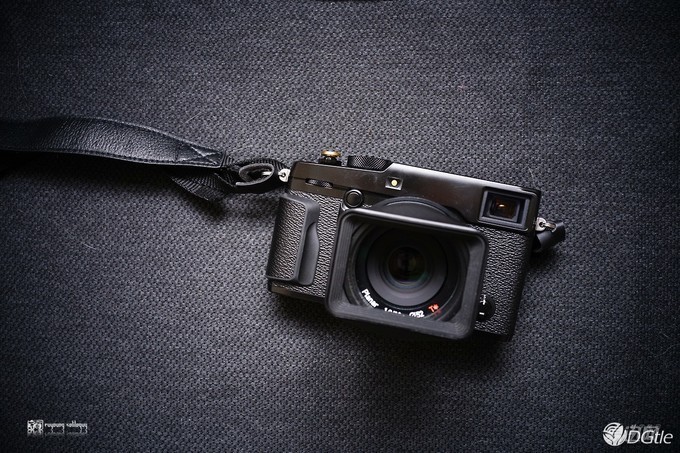
However, we can't help but say that the X-PRO2 has a lot of RF camera appearance, especially the mixed viewing window in the corner, which makes the whole camera emit a retro flavor that does not belong to this era.
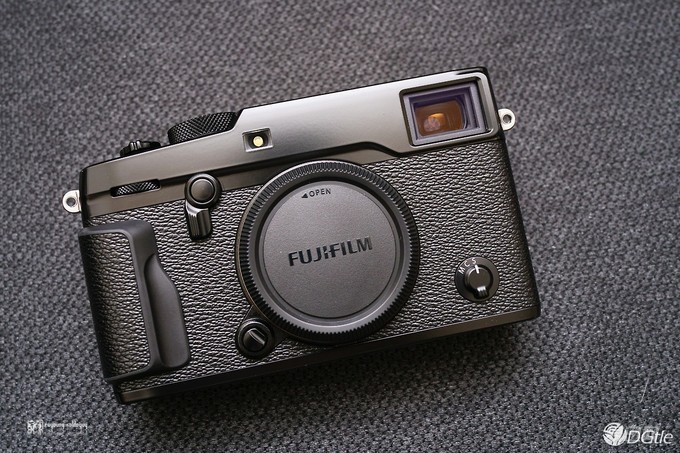
The X-PRO2 is the successor to the X-PRO1 many years later, and naturally there are some improvements.
In terms of appearance, the grip is a little thicker and deeper. It also gives this square brick camera a slightly better grip.
The front lever was used as a switch for the hybrid viewfinder to switch between the EVF and the OVF. The part that could only be dialed to the right, but also the left part, was used as a new feature of the viewing window. .
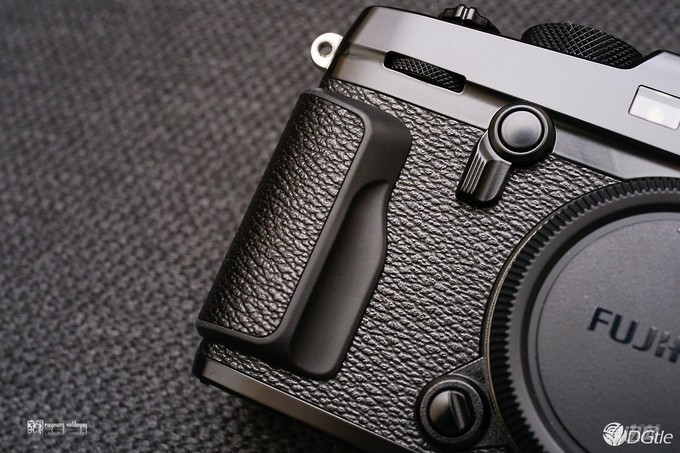
The mode of operation of the X-PRO2 is slightly changed, mainly in the adjustment of the ISO, and the ISO adjustment of the X-PRO2 is very antique. It is the lifting of the ring of the shutter control to adjust, much like the film camera, but if you are quick adjustment of the mad If so, this design may feel a bit of a player.
I generally set it to Auto ISO. There are not many opportunities to use this carousel. The operation is fun, but it is troublesome.
In addition, the exposure compensation also has a "C", and when it is set to that position, it can be directly used to adjust the exposure compensation by the wheel in front of the fuselage, which is quite convenient.
The X-PRO2's exposure compensation dial is a completely different design from my other camera. The X-PRO2 is soft and feels a little loose, and therefore the exposure compensation setting is run several times when I take it out of the bag. . The PEN F in my hand is an extremely hard damper. Although it takes more effort to toggle, it is also relatively rare for this type of setting to run away.
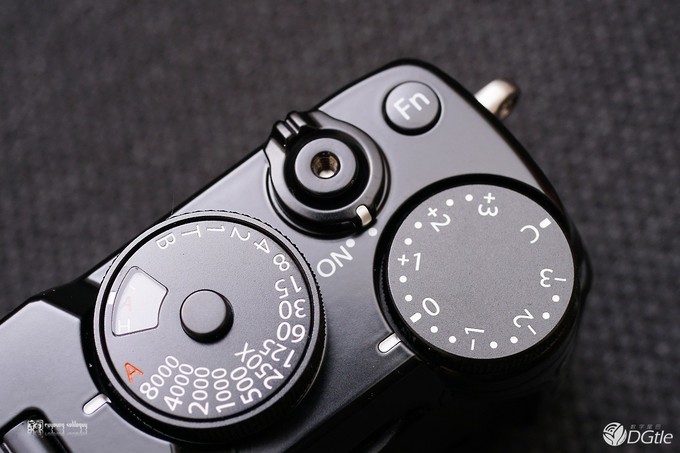
During the period of using X-PRO2, there was one I did not expect, but it was very good to use the look and feel: this part is the shutter vibration and sound.
The shutter of the X-PRO2 is very light, with almost no vibration, and the sound is also very slight. In the street, there is hardly any shooting trouble caused by the shutter sound.
I also like its shutter delay, the delay is quite low, very much like it.
If you need a full silent shutter indoors, the X-PRO2 also offers an electronic shutter option that allows you to shoot without shutter sound.
Overall, during my three months of using X-PRO2, my personal favorite is these subtle features. It cannot be quantified, but if you are a photographer, you will know Fujitsu's efforts in these user experiences.
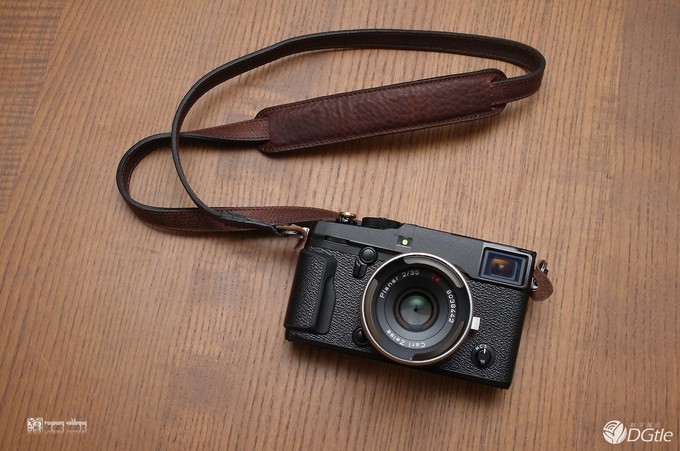
I originally wanted to try X-PRO2 for two reasons. The first reason, many people may think it is because of appearance, but it is not.
The first reason is the viewing window and the unique hybrid viewing window.
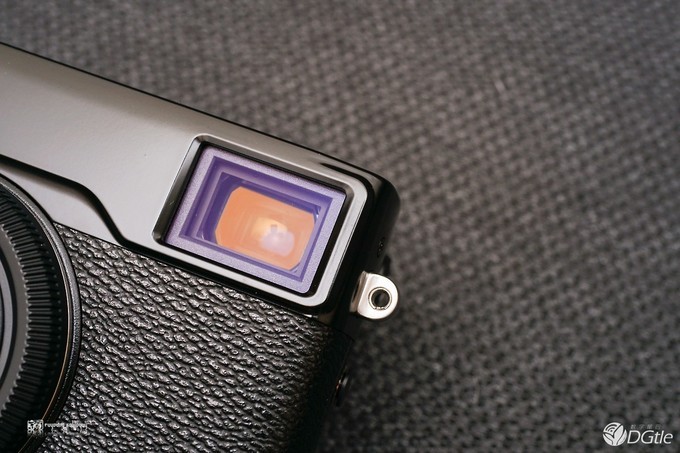
Japan’s DM uses the “unique viewing window†as its title.
Fuji's product line is a bit delicate. I personally think that the XT series is more appropriate than the X-PRO series as a flagship. The reason is also the viewing window. The XT series uses an extremely high-quality electronic viewing window, which has good magnification and high pixel resolution. It is also very good to look at the past in the non-reflecting mirror system. In particular, the EVF has the characteristics of real-time display, whether it is the telescope head or super wide angle. Can handle it afterwards.
Watching comfort and ease is the advantage of XT, which is also a feature most needed as a work machine.
In comparison, X-PRO2 is more like a product of photographic fun. The hybrid viewing window is special, but there are specific ways and habits of framing.
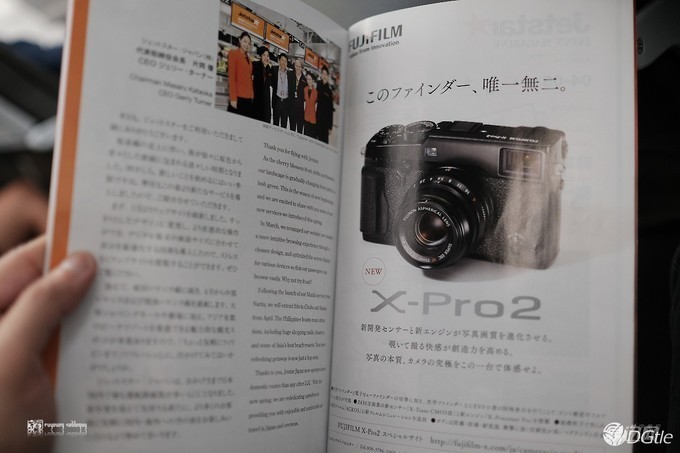
But I still like the X-PRO2's viewing window design, or in this particular hybrid viewing window.
The design of the X-PRO series actually built around the type of RF camera from the beginning, and many people think that such an OVF optical viewing window is not as error-free as the DSLR's OVF.
However, with the RF type OVF, when the mirror is turned on, the short-term picture is all black. If you are used to shooting the changing streets, such a shady point of view is somewhat unacceptable.
But the consequence of not linking with the mirror and shutter is the error, and X-PRO tried to use technology to reduce these errors: Fuji X-PRO1 designed it for automatic detection of frame, level, etc., even when needed. You can also switch to EVF.
The X-PRO2 is much more powerful. In addition to automatically detecting the frame and compensating for the position of the frame based on the distance, the OVF also allows you to switch to a wider state when you install a wider lens. At the same time, the OVF has more lower right corners. A small EVF allows you to see the panoramic viewfinder, making it easier to catch the edge of the error.
This tiny EVF can also be zoomed in by pressing the scroll wheel! Your use of many manual lenses (including Leica M mirrors) can be used to zoom in and out, and it's great! !
This particular OVF/EVF mechanism is indeed the fun and uniqueness of X-PRO2.
In the hybrid OVF window, I think that getting rid of the lack of information in the past, the aperture shutter ISO exposure compensation is only basic, even the light and dark distribution map and level
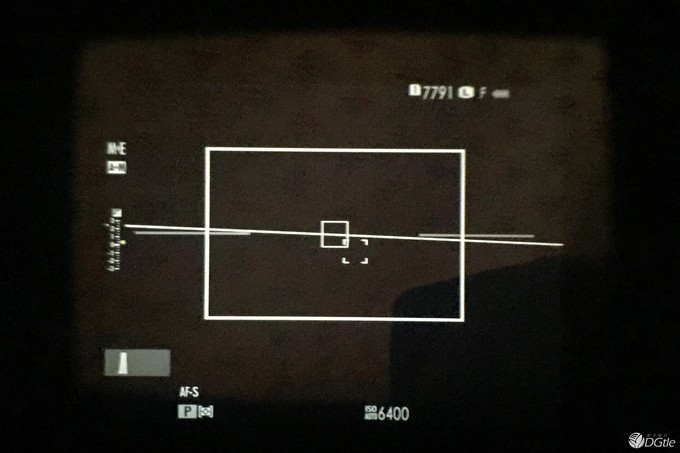
For the OVF, there is a situation where there is no linkage and there is an error. The corrected focus point in the camera body can also be provided for reference (the position on the upper right side is slightly lower).
This time, the hybrid viewing window has a new change in OVF. This time with a more wide-angle lens, the OVF will also automatically zoom to provide a wider viewing angle (XF 35mm on top and Touit 32mm on the bottom). Previous OVF's The trouble is that when there is wide-angle and long-range vision, there will be some restrictions. The wide-angle viewing angle is not wide enough, and telescopes are too small. This time at least solves one problem.
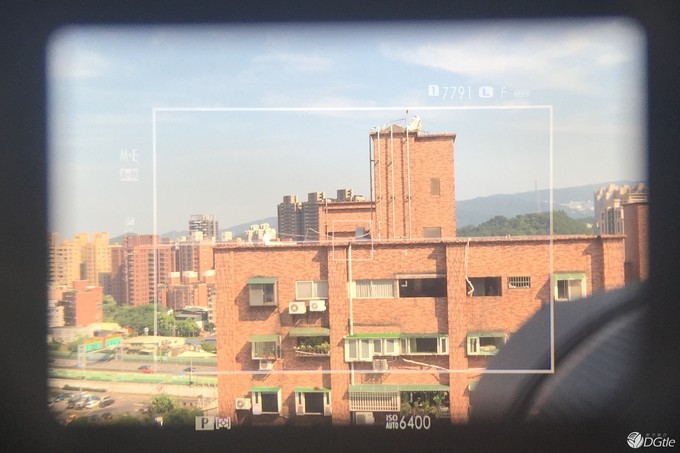
I admire this matter most. There is also a small EVF in the lower right corner. You can refer to the position of the edge of the screen when you are in full screen, and you can also enlarge it. It is very easy to use when switching the manual mirror.
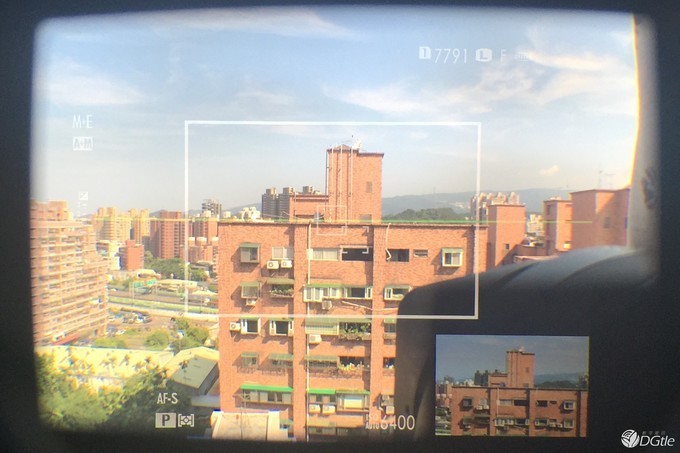
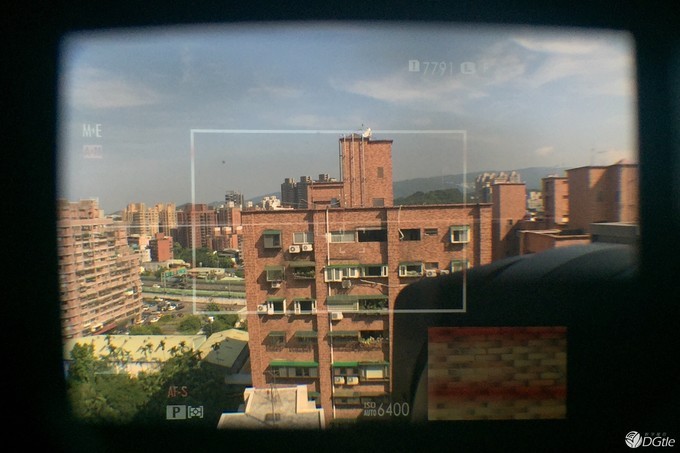
For manual mirrors, you can also set the scope of the frame, which is very ideal!
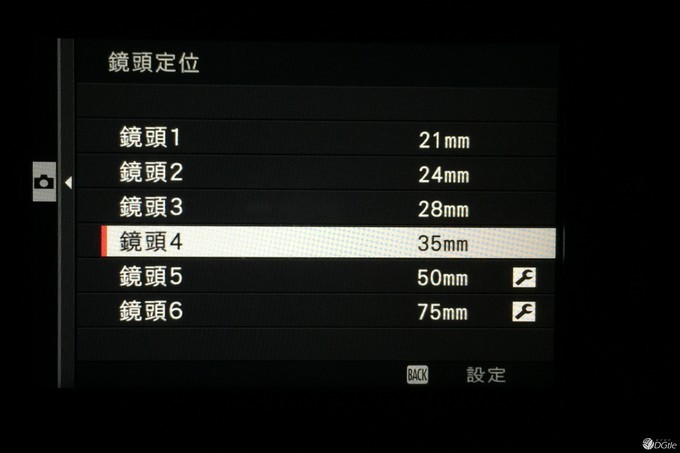
It is only a viewing window, but it is also a viewing window. The other half of the X-PRO2 hybrid viewing window: The performance of the electronic viewing window can only be moderate, and the color rendering and reaction speed are not good enough.
Hybrid viewing windows are unique, and they also bring about the cost of production. This is why X-PRO's pricing will be higher than the XT series.
For the user, the optical window with excellent quality needs some usage habits. If you think with DSLR or Mirrorless, you often feel that the situation is not accurate. So I think for many people, the XT series will It is a better choice.
However, this does not mean that X-PRO2 is not a professional machine. Instead, it feels that it is another professional that faces: If X-T1 is a comprehensive use, X-PRO2 is more biased toward a certain kind of hobbyistic design.
Think about it, both have anti-dust and dust protection, and with the XT series is the world down the mountain, then the X-PRO2 is the desire to liberate the street in the streets.
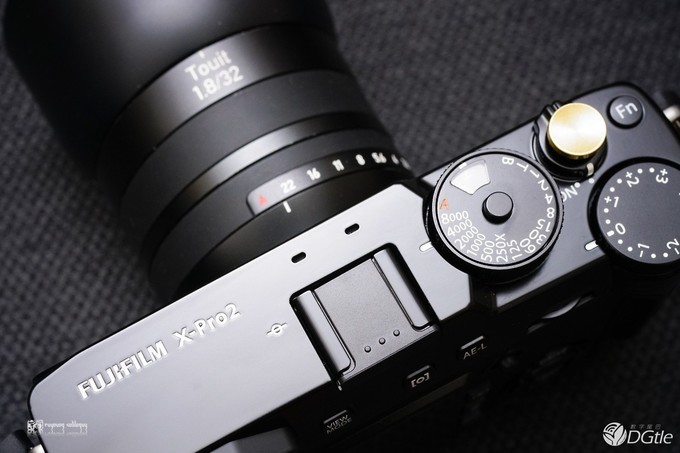
I must say honestly that the X-PRO2 is completely useless without the frustration of using the X series.
When I was using the X100, the focusing speed was about 1 meter. I was always annoyed. At the X-PRO1 and X-E1, the focusing speed was still acceptable to me, but I was still not satisfied. .
Even when it comes to the X-T1, I still feel a little bad enough.
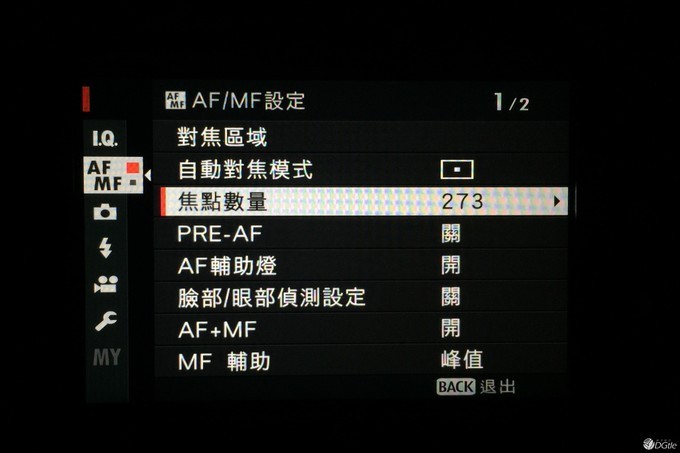
The X-PRO2, even if it can't be said to be the most sensitive and fast focus in this generation, has reached a very acceptable level of accuracy.
When I first got the camera and ate the classmate's wedding, X-PRO2 captured a lot of natural expressions. Previously under this low light source, even with the updated X-T1 focus, it was quite frustrating (real)

I have noticed that the X-PRO2 is basically better at tracking and forecasting than the previous X series because of the built-in phase points.
Do not be too outrageous to follow the fast action.
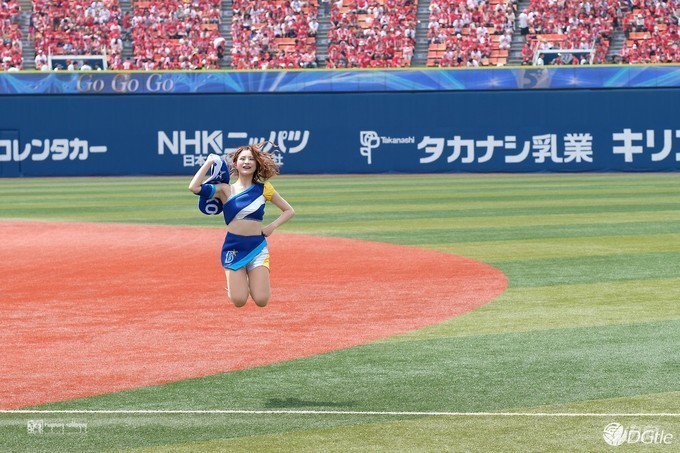


But occasionally there will be focus errors, showing the green frame to coke, but still to the back of the situation is.

Although I like the X-PRO2, I am not complaining about this camera.
Primarily on the paint of the fuselage, when my X-PRO2 was shipped from the factory, the paint was not perfect, and there was a bit of paint blemishes caused by residual bubbles. I later saw the photography community and the discussion area share and found that some users had such The situation occurs.
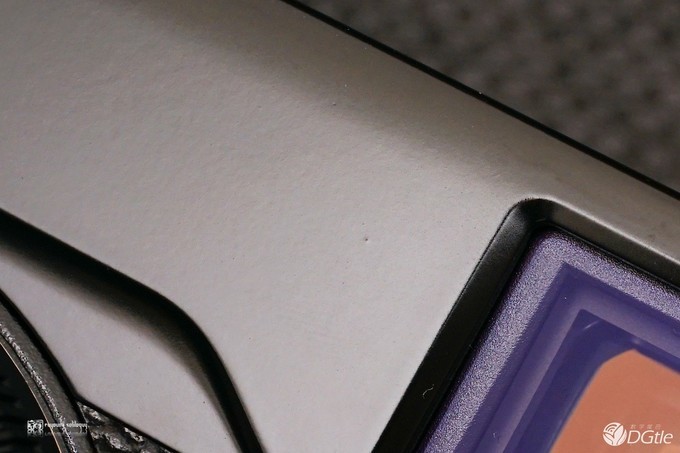
However, what I care about is not the fact that it is not a factory paint.
This photo below is a photograph of the photographer RICO after using his X-PRO2. Later, Fuji was actually used in the original DM. It was very powerful at that time and it was a very special sign of use.
But I think the X-PRO2's paint is too soft. I basically have a soft inner camera bag to carry. I only took out a wedding on the first weekend. I came back to the focus-assist lamp and rubbed a little. mark.

Then I didn't know what was happening in Kumamoto. There was also a more obvious scratch in the upper right corner of the hot shoe.
One after another in the photography community and the discussion area have seen several netizens share photos, how many have this good habit (in a soft inner pocket) still scarred.
Using the camera for so many years, this was the first time the body was still a lot of small injuries in the honeymoon period, and later it was too much to be afraid of, and simply paste it with a photography tape.
The paint on the X-PRO2 is beautiful, but it is also easy to have some small scratches. If you care about the appearance, use it as a precaution.
But on the contrary, if you are a person with a camera in the end, the traces that this camera brings will surely be the marks left by the photographer and the camera.
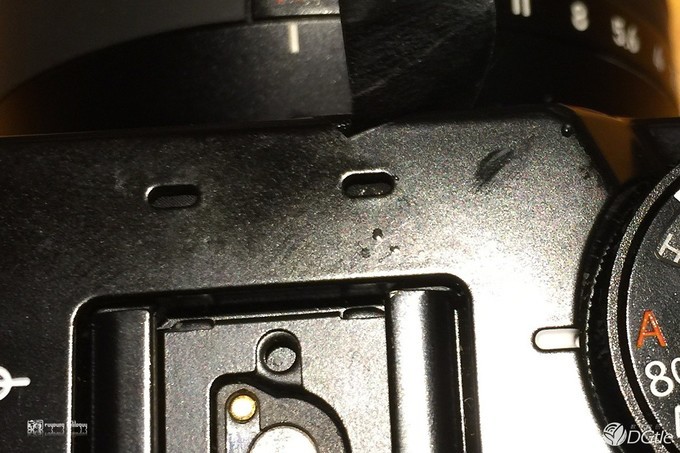
Apart from the X-PRO2 this year, there is also a very popular retro camera, almost purchased two cameras at the same time until now, and friends have been asking me to use the two cameras.
As the end of the first article, let's talk about the Wolong chickens this year!
(No matter what the Wolong or the phoenix, let me get a jin.)
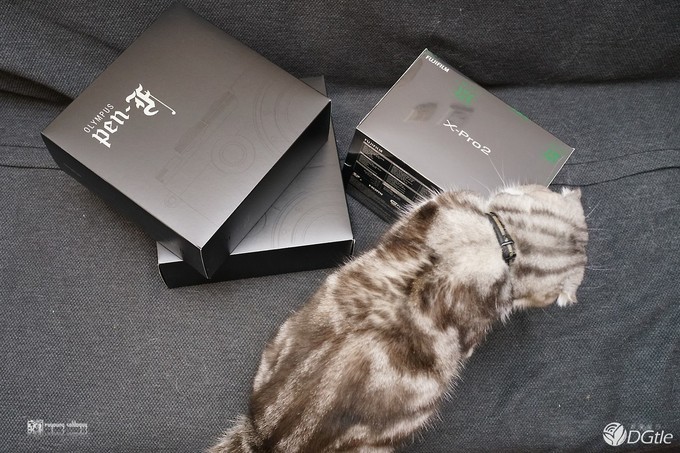
As two representatives of retro style, X-PRO2 is inevitably easy to compare with PEN F, and it has to be said that there is indeed a similarity in positioning.
PEN F attracts me, but also the most important reason: it is a retro and refined appearance. As an old user of the M43, the PEN F was one that I thought was "probably just like this," but it excavated more features and liked it.
The PEN F is a "balanced" camera. Its performance in all aspects is very consistent, and its excellence is based on the integration of all features. At the same time, it also tries to incorporate the elements of a modern camera into a retro look.
What should I say about it? PEN F is a body that is quite persistent in appearance and material. After getting started, you will be able to appreciate these details carefully, but it is more like a modern camera.
It is retro, but it has diversity, there are many different things in the camera can be adjusted according to preferences: filters, color modes, curves.
PEN F is a retro-looking camera with the ease of use of a mirrorless camera, while merging operational pleasures with various color changes. It is a very changeable guy.

With the X-PRO2, you can imagine the intention of Fuji when you wanted to put the characteristics of an RF camera into a modern camera.
Hybrid viewing windows Seriously, it is a relatively powerful electronic OVF optical viewing window. Despite rich information, there are still errors in RF cameras.
The characteristics of the Fujifilm camera: The aperture ring on the lens and the independent shutter dial, plus the new processing of the ISO adjustment method, are very close to the film camera. If I hadn't missed shots, I really had a little feeling of using Epson RD-1 or Hexar RF at the time.
But compared to PEN F, I was very pure for the X-PRO2.
In addition to the necessary independent custom buttons, X-PRO2 doesn't have much biased settings. Generally when I use it, X-PRO2 takes a longer time like aperture, shutter, and exposure compensation. Watch the viewing window and press the shutter.
This is a digital camera built around the operating logic of photography and film cameras.
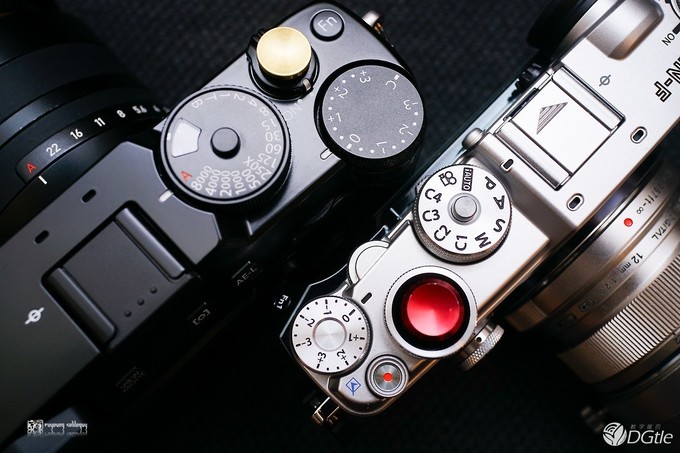
The X-PRO2 has more body features such as weather resistance and dual card slots, but overall it is still difficult to decide which one to choose.
The PEN F brought me a diversity and balance, as well as a more lightweight lens; the opposite part of the X-PRO2 has a high-quality XF series of fixed-focus mirrors, but the volume is also slightly larger.
There is no one that has anti-vibration; one has no anti-dust and one anti-dust; one has excellent EVF and the other is only available, but it gives better OVF...
But the most important thing is also the focus of my writing this idea.
I think that both Fujfilm and Olympus are the manufacturers of the wrong skill tree, and they are willing to make such a camera with personality. '
In the current mainstream, what people like is a balanced and fast camera. If we can quantify the features, it will be better. We can easily compare the advantages and disadvantages. Qualitative features, however, are not necessarily willing to do it, because the part of feelings is not necessarily evaluated.
The PEN F and X-PRO2 are cameras that focus on the photographer.
Those Karaoke dial adjustment sounds, feels a lot of adjustment methods, the requirements of the wonderful attributes (PEN F is material and damping, X-PRO2 is a hybrid viewing window), light shutter sound, enhanced shooting Success rate, planning and design for the lens group...
In these are things that enhance the photographer's sense of use but are not necessarily quantified into data in tests.
The two companies are very persistent and put their imagined "photographer experience" on these two cameras.
As for the Wolong Fengling, which one to buy, don't ask me this person who has a choice of difficulty, right? I have brought home all the Wo Long Feng Chuans!
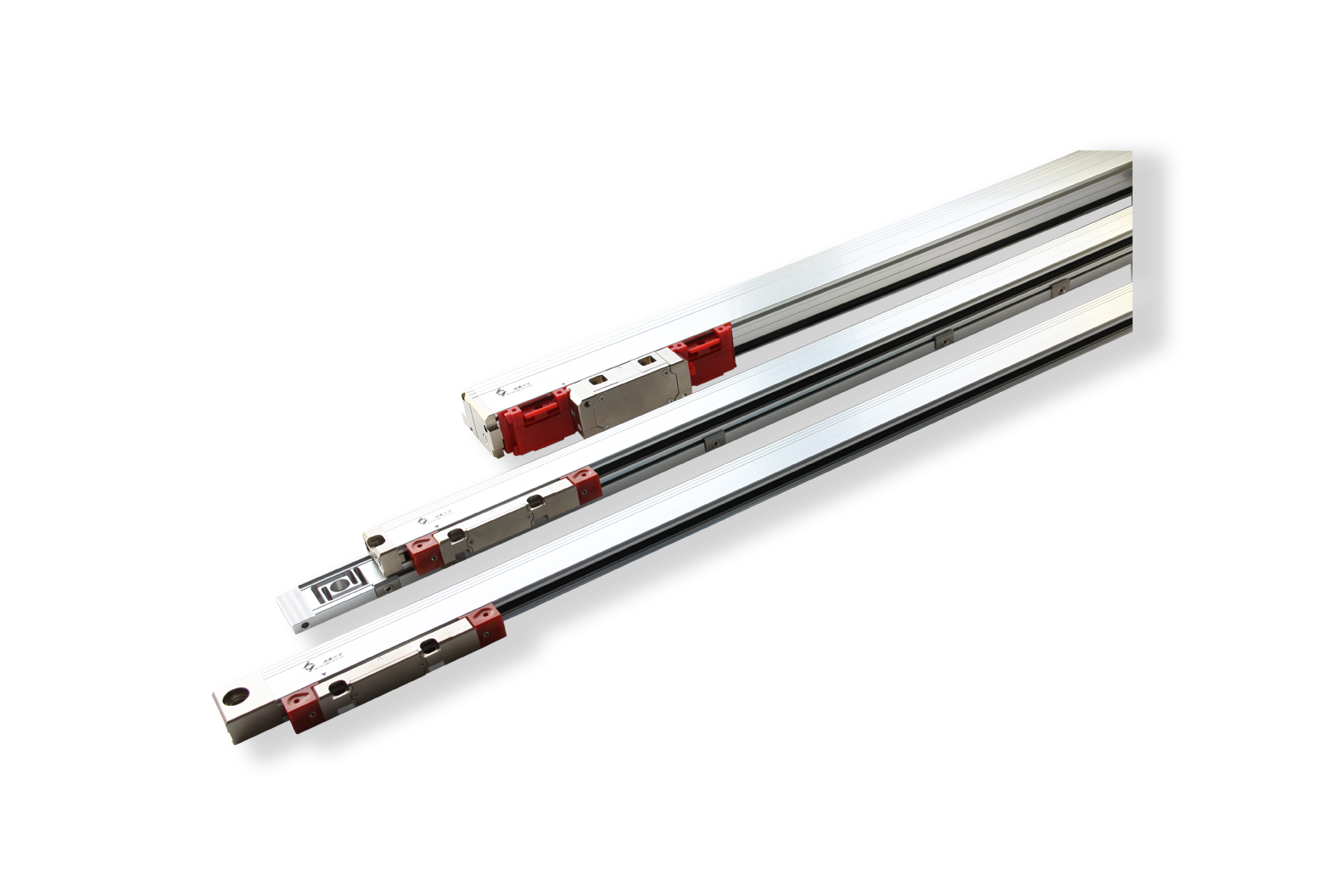
Absolute Linear Encoders,Custom Absolute Encoder,Rotary Encoder Magnetic,Miniature Absolute Encoder
Yuheng Optics Co., Ltd.(Changchun) , https://www.yhencoder.com